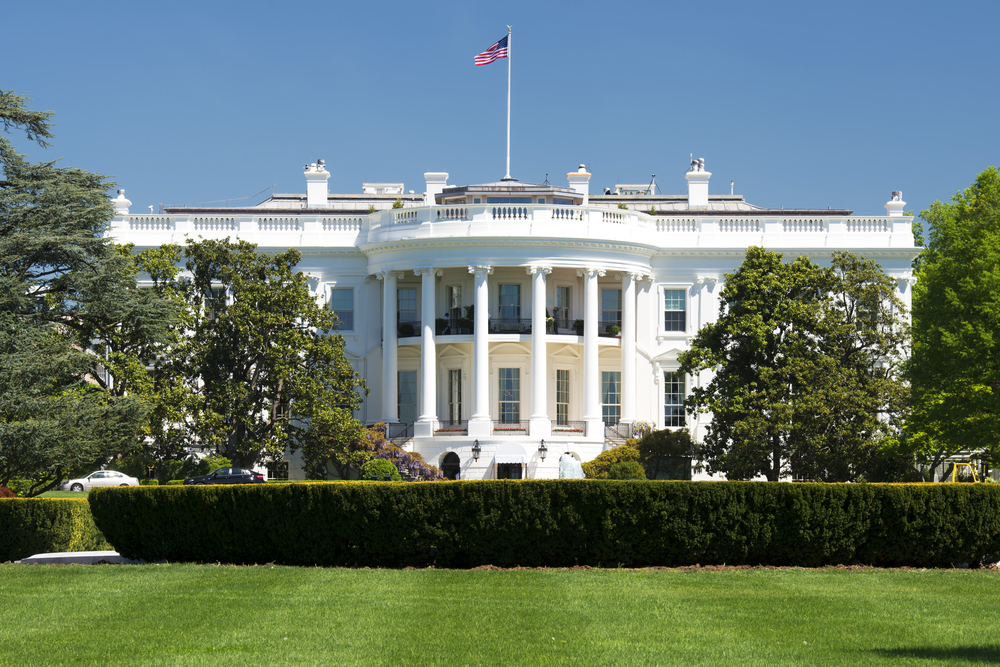On January 20, 2021, Joseph R. Biden Jr. was sworn in as the 46th President of the United States. As is the case with most changes in governmental administration, environment, health, and safety (EHS) managers are interested in any potential shifts in the landscape of employment law. Here’s a short summary of some changes the EHS profession might expect regarding workplace safety and environmental compliance in the coming months and years.
Generally speaking, it’s expected that the Biden administration will take a more proactive stance on matters affecting EHS-related regulation and enforcement, which stands in contrast to the Trump administration’s agenda that revolved around deregulation and compliance assistance in lieu of strict enforcement.
EPA, Climate, and Environmental Compliance
The climate and energy plans proposed by the new administration have attracted a great deal of attention, and Biden has made no secret of the fact that he will be prioritizing action on environmental matters. This approach will certainly have implications for environmental law and EHS compliance.
According to an analysis by Hogan Lovells, notable environmental actions to expect will include:
- The revocation of many Trump Executive Orders (EOs). Expect rollbacks on orders regarding numerous environmental issues, including deregulation, the Clean Power Plan, the definition of Waters of the United States (WOTUS), and reviews of National Monuments.
- A potential change in environmental review requirements for permitting. This possibility revolves around how the Biden administration will approach recent amendments to the National Environmental Policy Act (NEPA) under Trump.
- An increase in environmental enforcement. In terms of cases, inspections, and referrals, enforcement numbers were at historic lows during the Trump administration, so an increase is essentially inevitable. Expect enforcement focused on the Clean Air Act, safe drinking water, and environmental cleanup/remediation.
OSHA and a New Enforcement Era
While the Biden administration’s actions on workplace safety aren’t quite as headline-grabbing as its proposed actions on climate and the environment, we should nonetheless expect a dramatic shift. For starters, OSHA will have a leader again—Trump’s term was the first time in OSHA’s history that the agency went an entire presidential administration without a Senate-approved Assistant Secretary of Labor. This change alone will result in a more action-oriented approach to workplace safety.
The following are some other OSHA developments to watch for.
- An emergency temporary standard (ETS) for COVID-19. Even if an ETS is not issued, law firm Morgan Lewis notes that “… there could still be a rise in citations under the general duty clause, as President-Elect Biden and his transition team have announced plans to bolster OSHA enforcement as part of their overall COVID-19 strategy.”
- Speaking of enforcement, organizations should expect more safety enforcement overall, including a return to “regulation by shaming,” wherein press releases call attention to repeat and/or serious workplace safety violators.
- The possible advancement of the Protecting America’s Workers Act, which would reform OSHA and, among other things, increase civil penalties, expand the circumstances that would result in criminal charges for egregious workplace safety failures, and expand the rights and involvement of workers and survivors in workplace safety cases.
Environment, Health, and Safety Will Always Be Important
Regardless of the way the political winds blow, EHS must always remain a core value for organizations both in the United States and worldwide. Compliance obligations will always be in flux as business evolves and new hazards are identified, but it should always be the goal of EHS professionals to take their programs and cultures beyond compliance. With proactive, forward-thinking initiatives, your EHS department will always be ready—and so will your entire organization.

